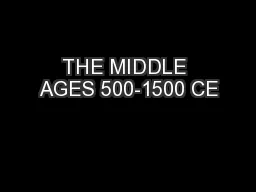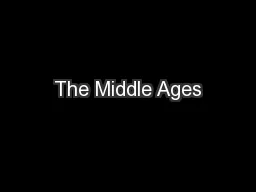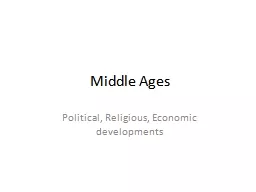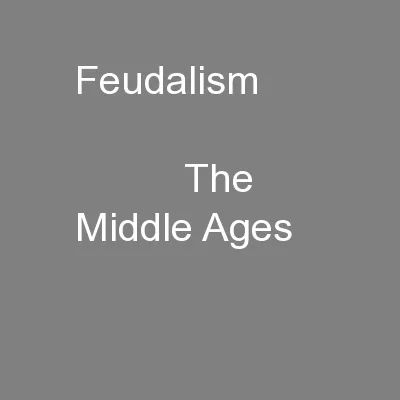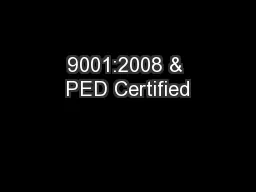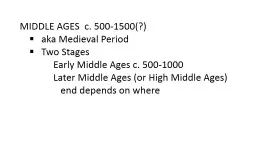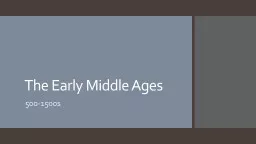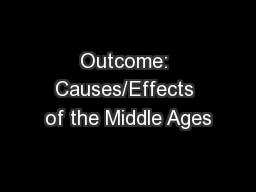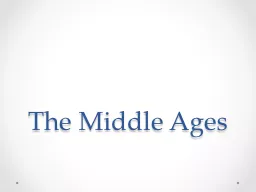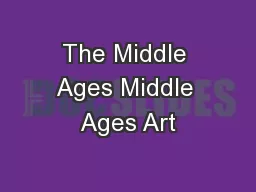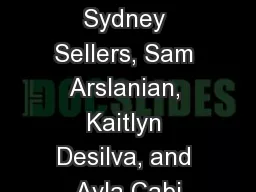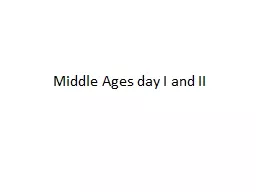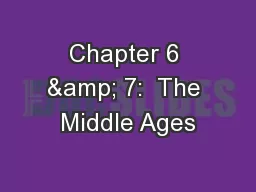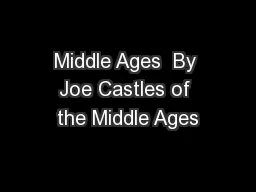PPT-THE MIDDLE AGES 500-1500 CE
Author : lindy-dunigan | Published Date : 2016-04-30
An overview EUROPE 526600 CE MIDDLE AGES THE AGE OF FAITH MONASTICISM The rise of monks Poverty chastity obedience Monasteries Centers of learning monks could read
Presentation Embed Code
Download Presentation
Download Presentation The PPT/PDF document "THE MIDDLE AGES 500-1500 CE" is the property of its rightful owner. Permission is granted to download and print the materials on this website for personal, non-commercial use only, and to display it on your personal computer provided you do not modify the materials and that you retain all copyright notices contained in the materials. By downloading content from our website, you accept the terms of this agreement.
THE MIDDLE AGES 500-1500 CE: Transcript
Download Rules Of Document
"THE MIDDLE AGES 500-1500 CE"The content belongs to its owner. You may download and print it for personal use, without modification, and keep all copyright notices. By downloading, you agree to these terms.
Related Documents

